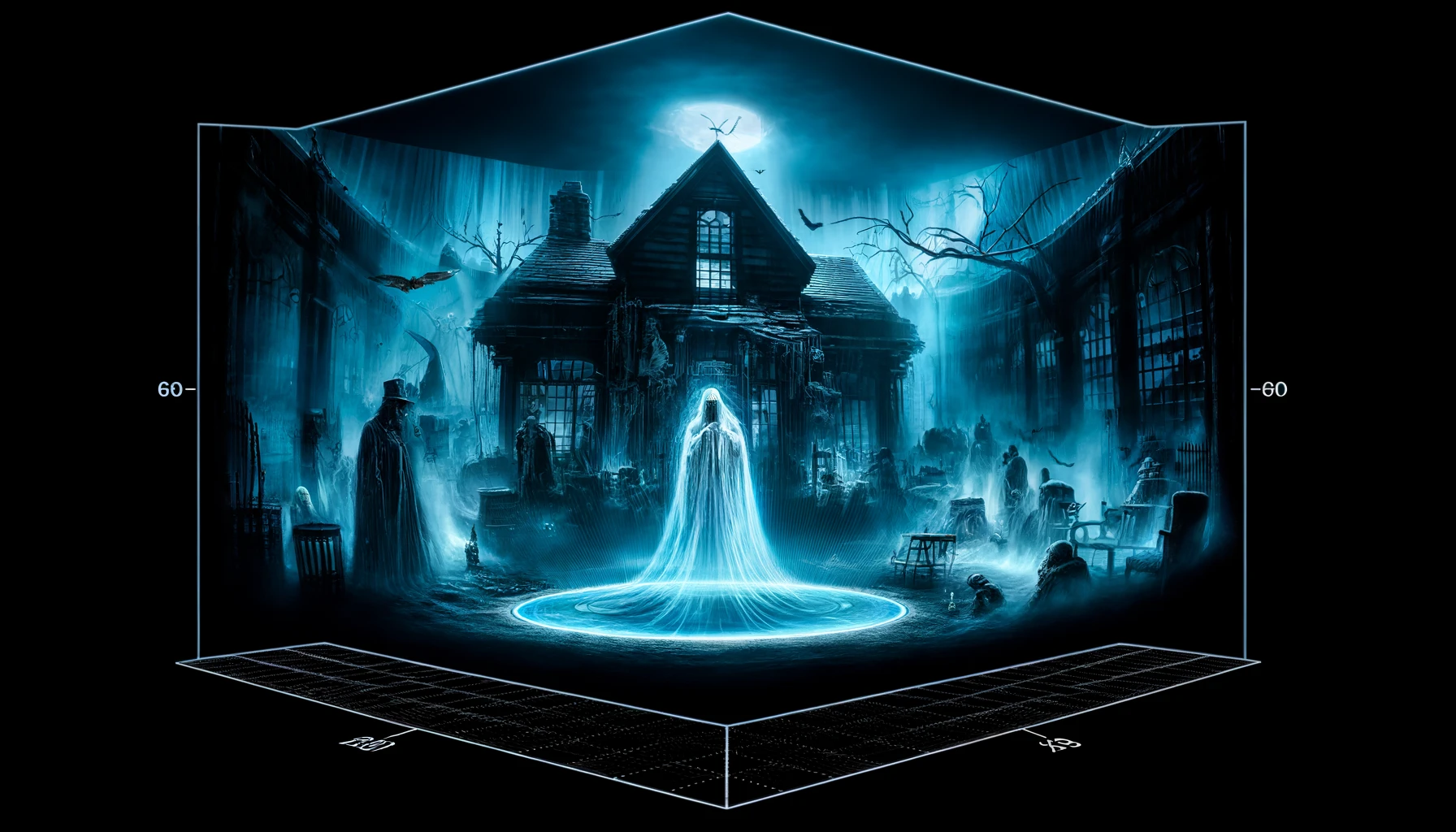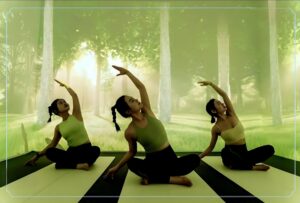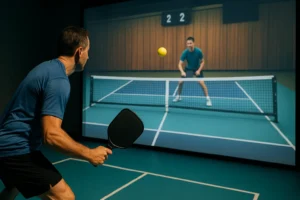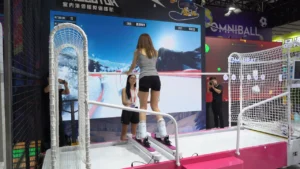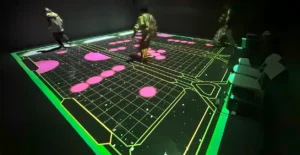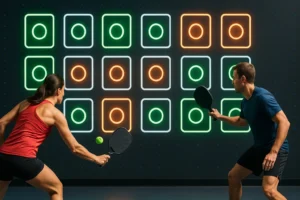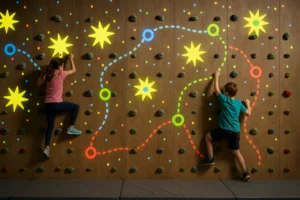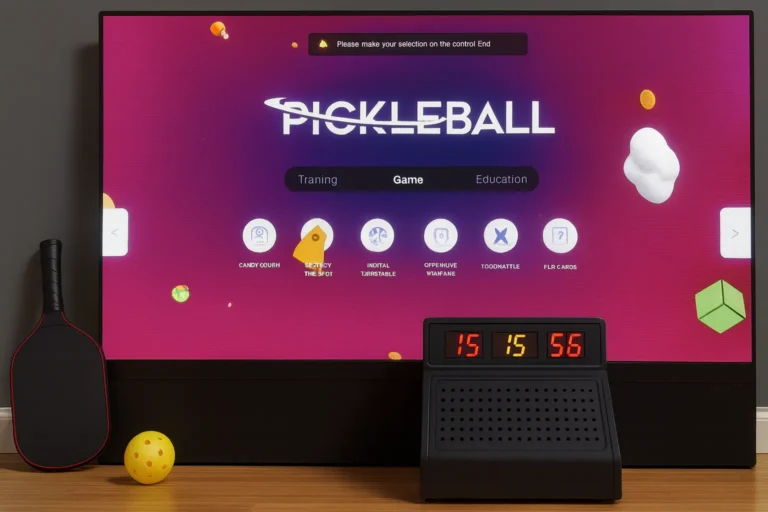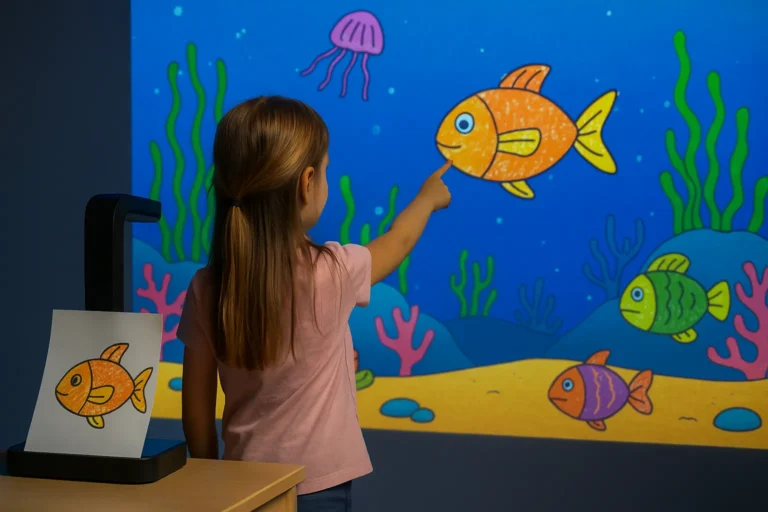What is Air Projection 3D Air Imaging Mapping Technology?
Air projection technology encompasses various methods for creating an illusion of a three-dimensional image suspended in midair. These methods can be broadly categorized into two main types:
- Pepper’s Ghost Illusion: This ingenious technique, invented in the 1860s, utilizes angled mirrors and clever lighting to create a reflected image that appears to float in space.
- True Holography: This technology employs lasers and complex optical systems to project light patterns that interfere and diffract, ultimately forming a 3D image with depth and perspective viewable from multiple angles.
Unveiling Pepper’s Ghost Technology: A Theatrical Illusion
Pepper’s Ghost relies on a cleverly concealed setup. A transparent sheet, often angled at 45 degrees, separates the viewing area from a hidden stage. On this hidden stage, a brightly lit object or performer stands in front of a dark background. Light reflects off the object towards the audience, creating the illusion of a floating apparition on the transparent sheet.
This technique was widely used in 19th-century theatrical productions to create spectral effects, adding a touch of magic to stage performances.
3D Hologram Projector System Software Installation: A Glimpse into the Future
True holography takes air projection to a whole new level. Holographic systems project light patterns that interfere with each other, generating a three-dimensional light field. This light field reconstructs the image of an object in space, allowing viewers to perceive depth and even walk around the projected image to see it from different angles.
While holographic technology is still under development, its potential applications are vast. Imagine interactive showrooms where customers can examine products in 3D, or medical training simulations with realistic anatomical models.
Pepper’s Ghost vs. 3D Hologram Projection: A Feature Comparison
Here’s a table summarizing the key differences between Pepper’s Ghost and 3D hologram technology:
| Feature | Pepper’s Ghost Illusion | 3D Hologram Projection |
|---|---|---|
| Technology | Reflection | Light interference |
| Dimensionality | 2D image reflected to appear 3D | True 3D image with depth |
| Viewing angle | Limited viewing angle | Viewable from most angles |
| Complexity | Relatively simple | Highly complex |
| Cost | Lower | Higher |
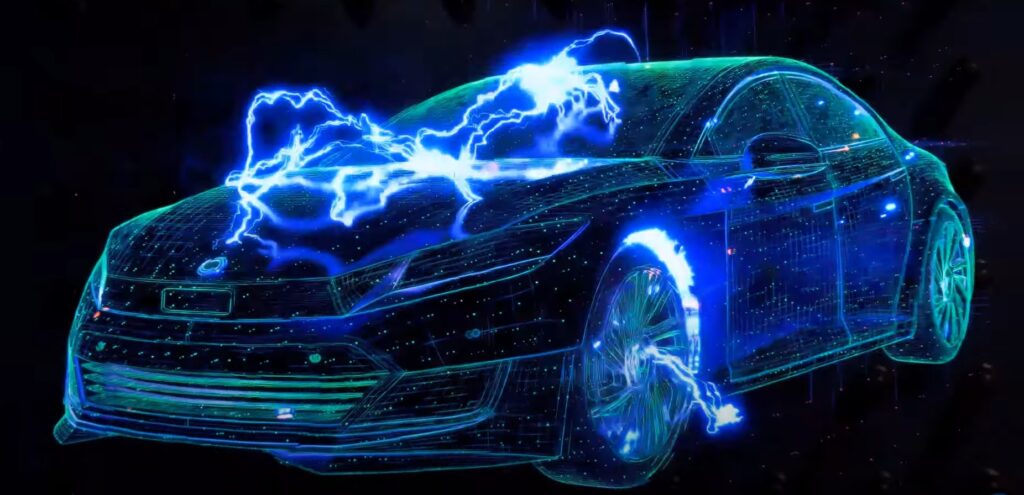
Air Projection 3D Air Imaging Mapping Technology: A Glimpse into the Future
Air projection, also known as 3D air imaging, utilizes sophisticated mapping technology to project light onto a specific area, creating the illusion of a floating image. This technology finds applications in various fields, including:
- Retail displays: Captivate customers with interactive product demonstrations or eye-catching advertisements.
- Events and exhibitions: Enhance presentations with dynamic visuals that seem to emerge from thin air.
- Museums and attractions: Bring historical figures or artifacts to life with captivating 3D projections.
While air projection offers a mesmerizing visual experience, it’s crucial to understand that the image itself isn’t truly three-dimensional. The illusion relies on the viewer’s perspective and the strategic placement of the projection system.
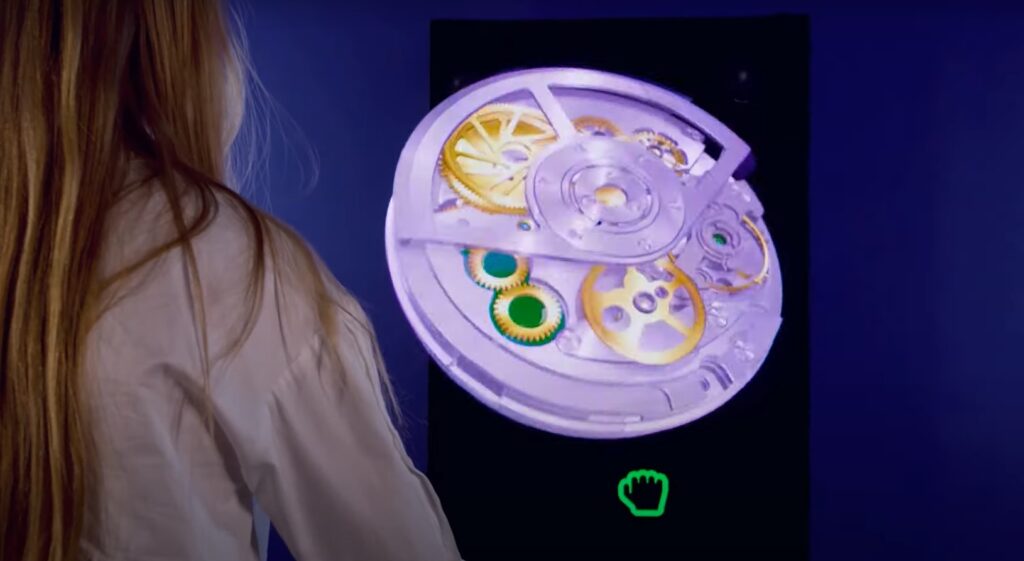
Hologram Car Cool Air Projection 3D Imaging: Fact or Fiction?
The idea of a car equipped with a built-in hologram projector that displays 3D information on the road might seem futuristic. However, current technology limitations make this concept impractical. Projecting a clear, high-resolution hologram visible in various lighting conditions remains a challenge. Additionally, safety concerns regarding driver distraction would need to be addressed.
That being said, advancements in both air projection and 3D hologram technology are paving the way for potential future applications in the automotive industry. Imagine head-up displays that project critical information directly onto the windshield or interactive navigation systems that utilize 3D elements.
How to Make a 3D Hologram Air Projection Mapping (For Hobbyists)
While creating a true holographic system requires advanced technology, you can create a basic Pepper’s Ghost illusion at home with readily available materials. Here’s what you’ll need:
- A transparent sheet (e.g., plexiglass)
- A smartphone or tablet
- A stand to hold the transparent sheet at an angle
- A dark background
- Download a holographic video or image specifically designed for Pepper’s Ghost illusions. These can be found online or in app stores.
- Place your smartphone or tablet on the stand, facing the dark background.
- Position the transparent sheet at a 45-degree angle between the device and the viewing area.
- Play the holographic video or display the image on your device.
Voila! You’ve created a simple Pepper’s Ghost illusion, making a 2D image appear to float in 3D space.
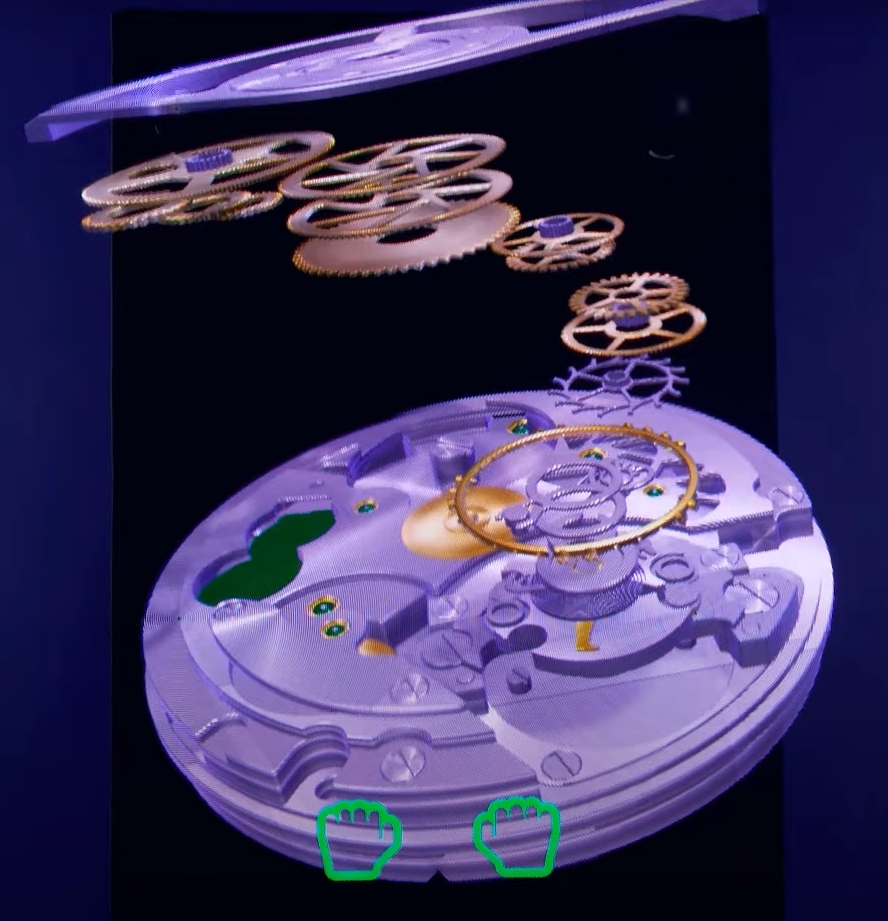
The field of holography is constantly evolving. Researchers are exploring new methods like volumetric displays and holographic touch interfaces.
Several companies offer 3D holographic projection systems, with varying price points and functionalities. Research reputable manufacturers and suppliers online before making a purchase.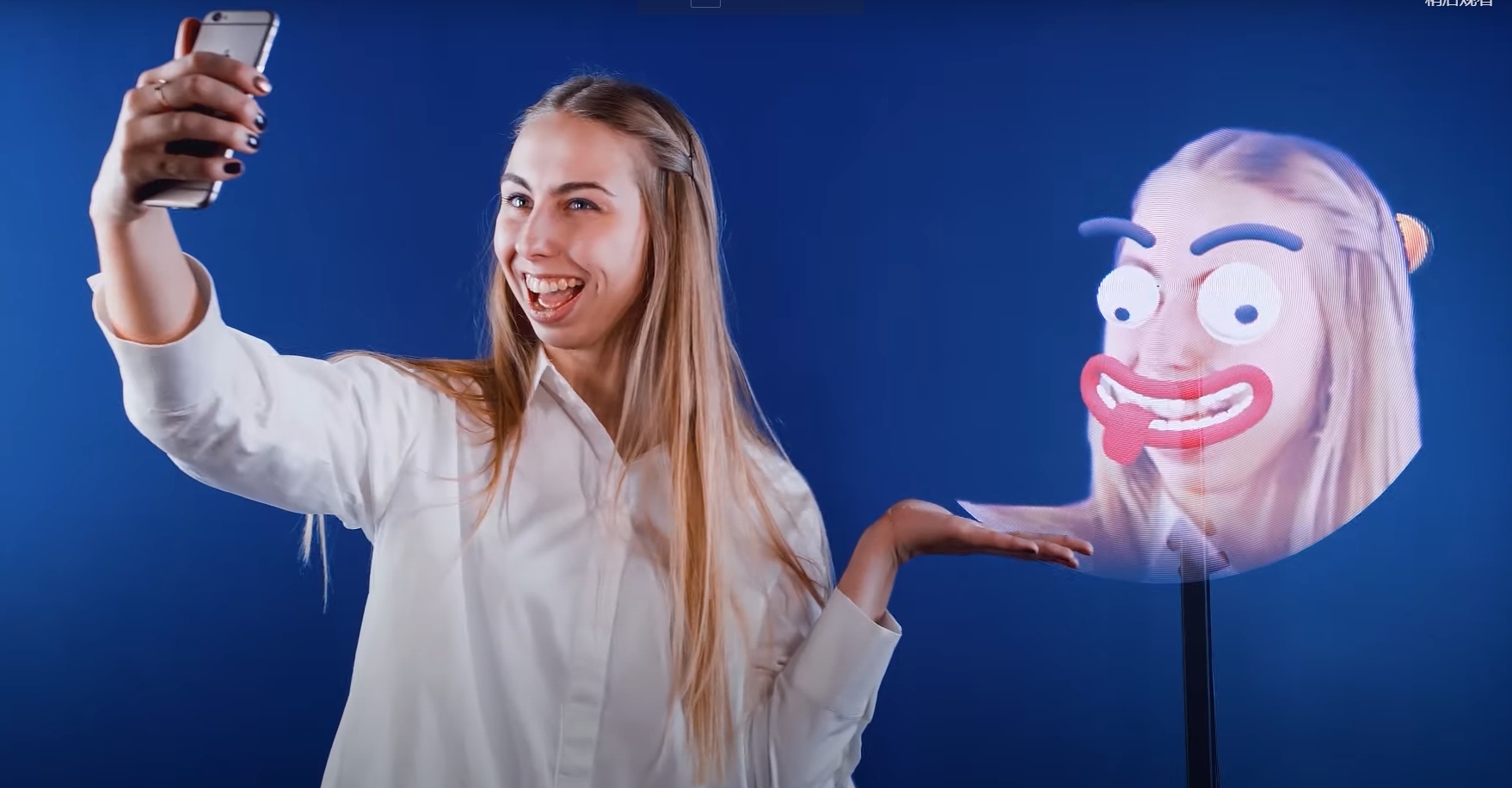
Yes, specialized software allows you to create holographic content for compatible 3D hologram projector systems. However, this software may require advanced technical knowledge to operate.

